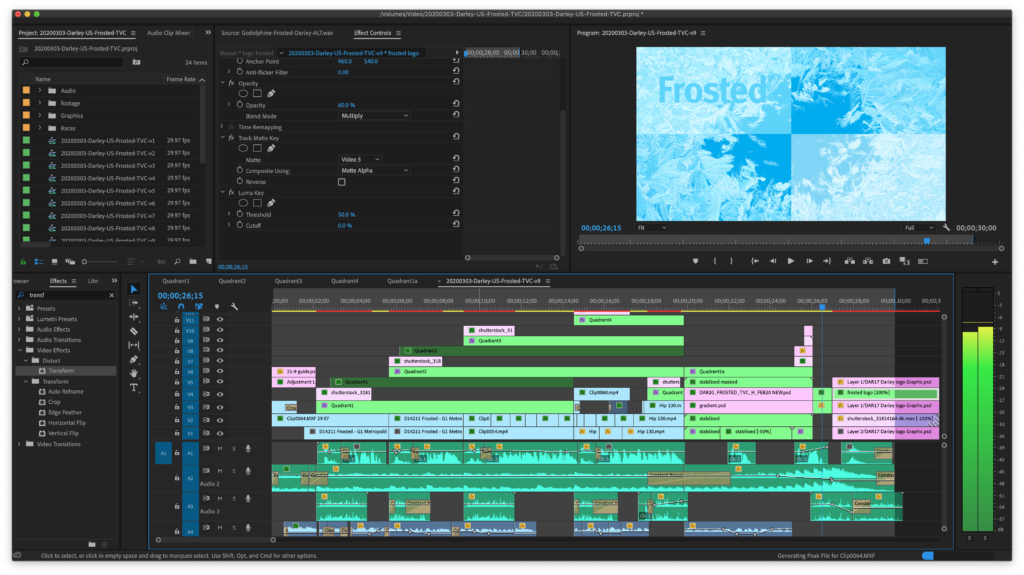
Two days of work on a rather convoluted timeline for this video that recently went live:
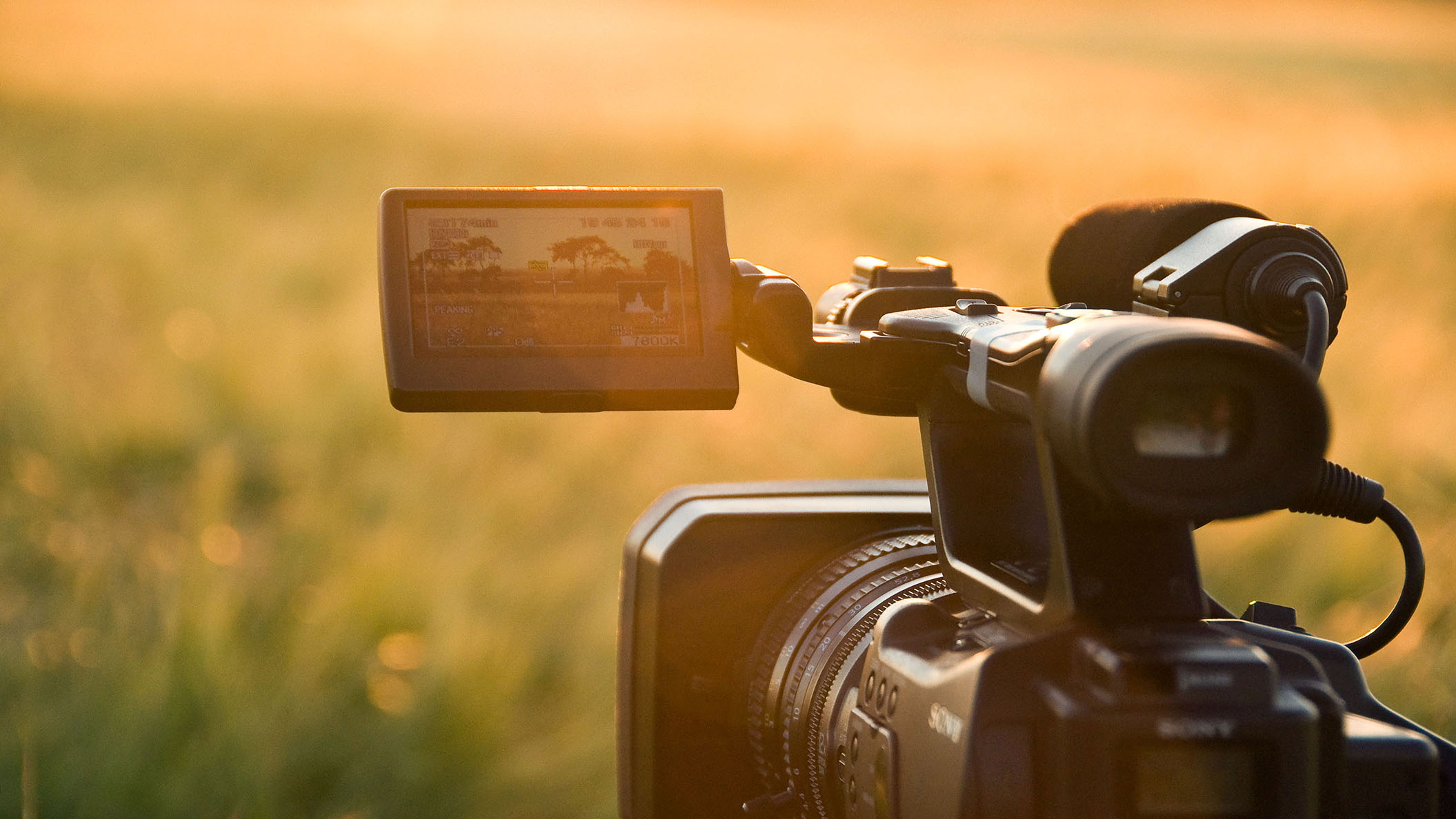

Two days of work on a rather convoluted timeline for this video that recently went live:
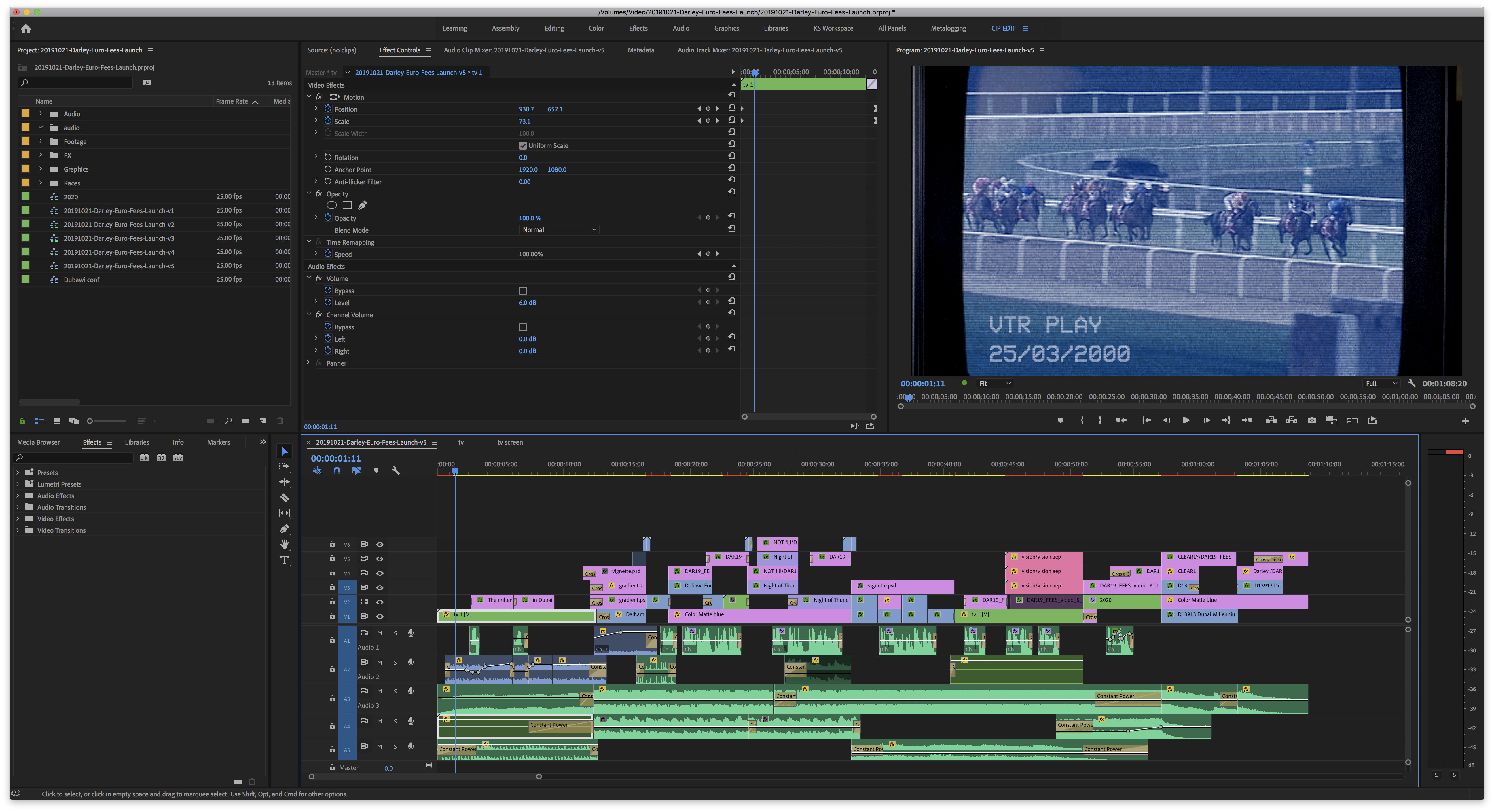
A little bit of fun we had in the office with the help of company founder Jonathan Wilson (the star of the video) and a few work experince students.
Originally posted on cpl.co.uk/news/national-writing-day
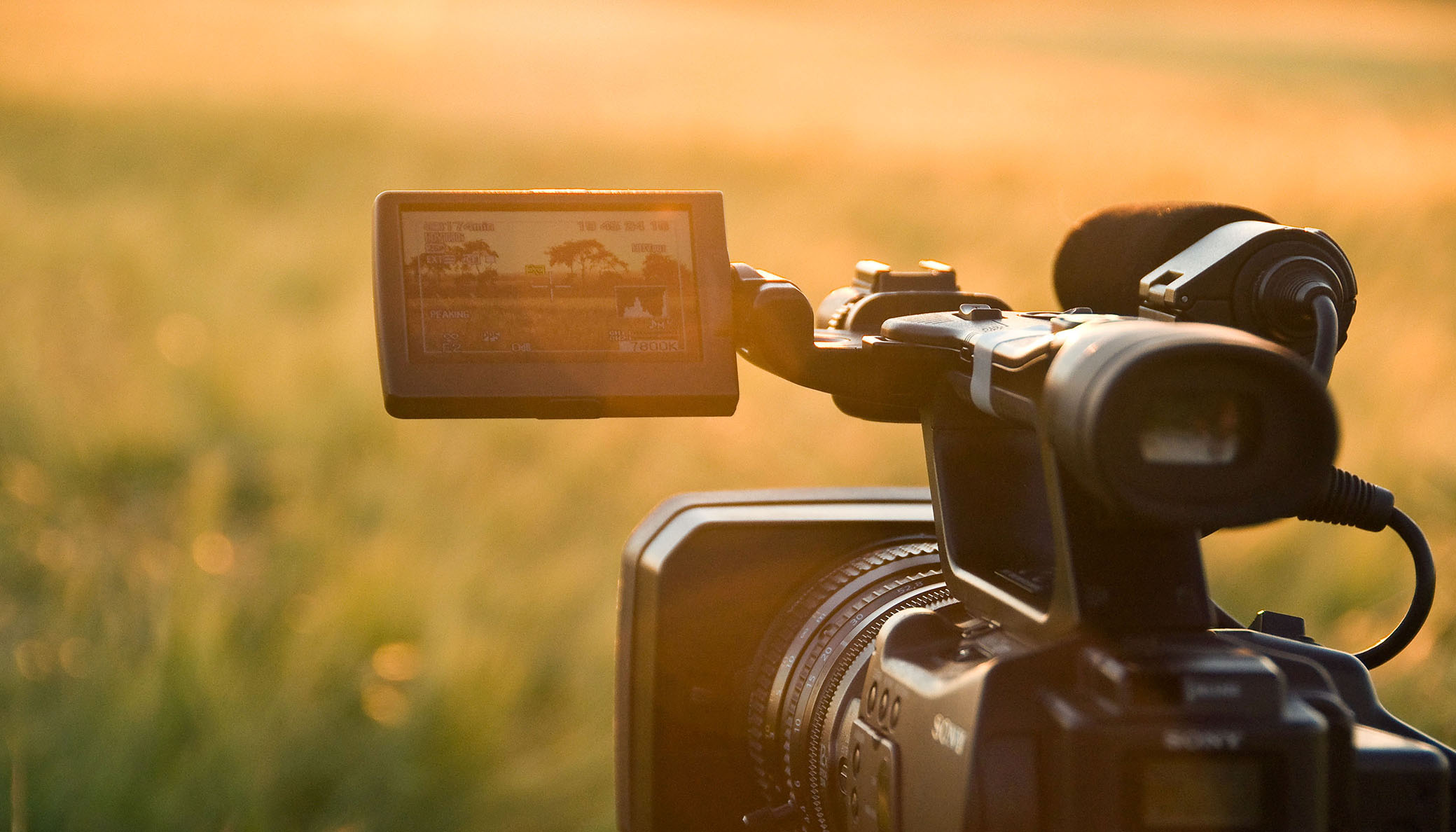
Ciprian Cucuruz talks through the thinking behind some of his favourite recent CPL video projects
It all starts with photons hitting an image sensor.
Yes, usually there is a rather expensive piece of glass in front of it, an equally expensive image processor at the back, one or two camera operators, producer, creative director, editor, designer, colourist… it’s a long list.
But it all starts with light captured by, broadly speaking, a video camera.
The camera can cost as much as a family car or be as cheap as a smartphone. You can have an expensive lens for accurate, undistorted images, or you can have a cheaper lens with a specific look or character that renders a more creative output.
You can have a team of one, or a minibus full of people. Each project requires a different approach – either for creative, logistical or budgetary reasons.
Working for an agency like CPL, our video team is lucky to be challenged by projects at both ends of the spectrum. So we can’t settle in our ways and we can never get bored of doing the same thing.
When the Death Penalty Project, a charity that promotes the restriction of the death penalty across the world, approached us to produce a video repurposing existing footage on a very tight budget, we proposed a narrative of news headlines that would involve our designers and print experts more than the video team itself. While it was shot on a professional 4K camera, we intentionally degraded the footage gradually through the course of the final video to show the passing of time and evolution of the case, but also to match the quality of archive footage used. The quality of the camera was almost irrelevant here:
A lot of work goes into preparation for most of our projects, not least Cambridgeshire County Council‘s “We love social workers” recruitment campaign. We spoke to a number of social workers to understand how they felt about their roles before concentrating on a few representative case studies and filmed their stories.
But it’s not always about smooth slow-mo shots and carefully edited interviews. The delivery can be done in various formats, so for a long-form thought leadership series for the same client, a cheaper three camera set-up for a video and audio podcast was more suitable.
Logistics can play a huge role in shaping the structure of a video.
While most of our projects are shot over the course of one or two days, for Bourn Hall Fertility Clinic the story spanned across more time and space – it started 40 years ago and stretched over three counties in East Anglia. We were able to source extremely useful archive footage from the 1970s, while the need to organise the right people for the right interviews meant the project spanned over the space of a few months with shoots ranging from Bourn Hall’s beautiful 16th Century headquarters to the sunny beaches of Hunstanton. Glue them together like the pages in a book’s spine and you have a short turning-page history of IVF:
When we were appointed by leading property and infrastructure company Lendlease to create a range of content to support its major Elephant Park development in London, we went to the grassroots and used our journalistic experience to research stories that allowed us to capture the spirit of Elephant and Castle and its people.
We have been working in the equine sector for a number of years. Racehorses have a long journey to success, but that is not the whole story. To celebrate the remarkable performance in 2018 of the Godolphin racing team, we focused on the cyclical pattern of racing and used it as our theme to produce this time-warping journey to success, that culminated in a Derby win in 2018.
In the case of Asahi Europe, a global beer powerhouse with teams in a number of different countries, employees shoot the content themselves using their smartphones or cameras. Our video editors in Cambridge then assemble them and add graphics so they can be published on one of Asahi Europe’s internal communications platforms.
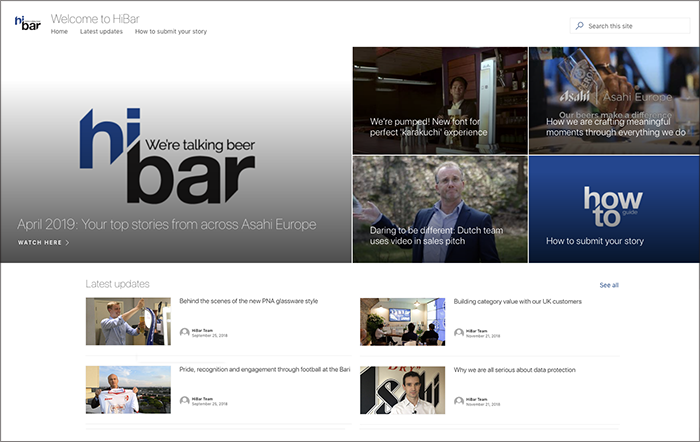
What all these projects have in common is that, even when the production value is very high, it is still eclipsed almost every time by the story.
It has never been easier to tell that story – technology has reached a point where it truly facilitates the creative and does not hinder it. You don’t need high-end video equipment or a film school degree, although these obviously help.
At CPL we are true to our journalistic heritage and focus first on telling a great story. That should be the main ingredient; the technology just adds some spice every now and then.
Are you interested in finding out more about CPL’s storytelling capability via video and animation? Contact Ciprian Cucuruz and see more examples of our work at youtube.com/CPLCambridge
This article was first published on cpl.co.uk/news/storytelling-video-strategy

One milestone, same brief, two agencies, wildly different approaches
Background
Godolphin is the world’s larges horse racing operation based in Newmarket England.
In August 2018 they were approaching a record milestone – 5,000 group wins – and wanted to celebrate that appropriately with a hype video.
The brief was as simple as it gets: here’s the background info, we don’t know when or which horse is going to achieve this, we want to mention the first group win and the 5,000th;
First, Engage was asked to produce this video and, as I understand it, was taking too long to deliver it – the 5,000th win was fast approaching.
The client asked for an early proof to check the project was on track and up to their expectations. This is what they created up until that point:
At that point the client pulled the plug. They didn’t like what they saw, the approach or the execution.
At the last minute, just days before the 5,000th win was expected to happen, they came to us to salvage the project.
Our concept was simple and combined the time with the geographical element of the narrative.
We arrange a short video shoot at the client’s office in Newmarket were we had access to various trophies that matched or resembled the wins we were going to feature. Here is the result:
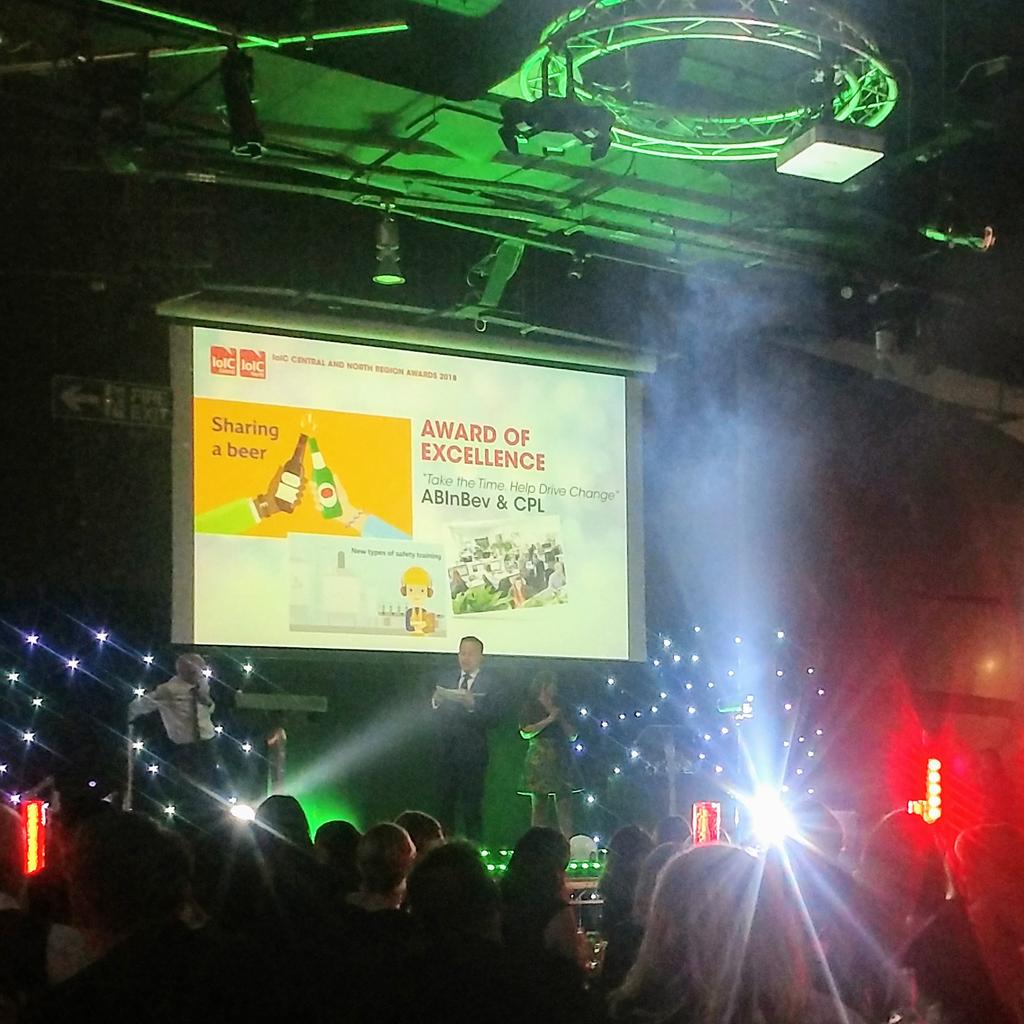
I am now an award-winning video producer 😀
CPL’s video animation “Take the time. Help drive change” produced for ABInBev has won the Award of excellence at he 2018 IOIC Awards
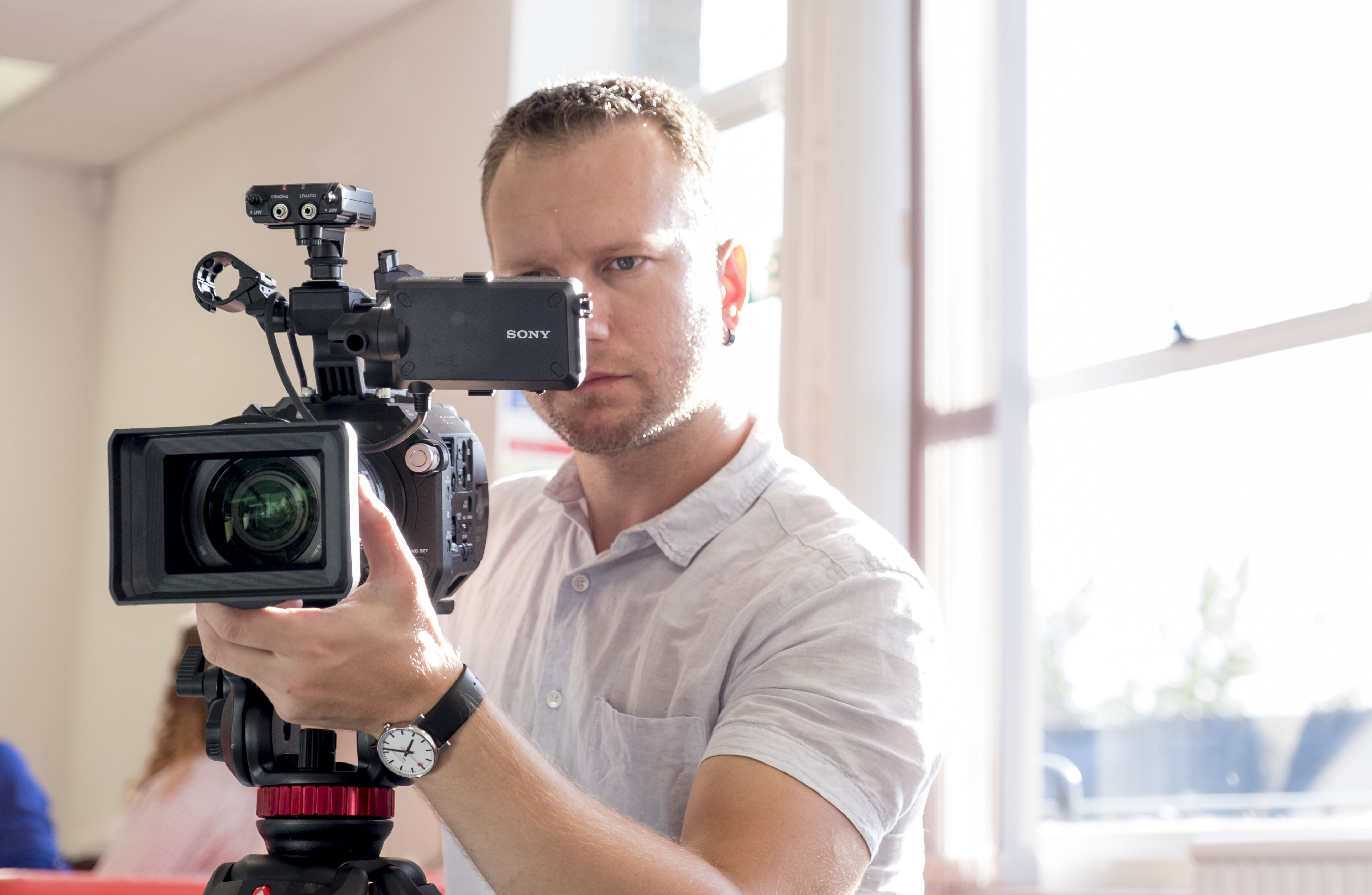
CPL’s Ciprian Cucuruz shares his tips on why video should be at the heart of clients’ content marketing strategies
What’s your role at CPL?
Officially, Senior Associate – Video and Technology.
I lead the video team here at CPL Towers.
I joined the company in 2010 and since then we’ve expanded our video offering and our client base. We film, edit and animate. Essentially, we tell visual stories.
My other role means I’m the guy who helps CPLers with any technical queries. But, because we have outsourced our IT support, mostly it’s about making decisions about the best technology solutions for now – and the future.
What’s been your most memorable project in the past few months?
AB InBev, the world’s biggest beer brewer, asked us to create a video as part of a larger internal comms campaign to promote its employee engagement survey.
It was a fun project to work on because we were given free rein with our ideas.
We produced an intriguing and funny animation that was enjoyable to put together and, most importantly, it worked well for the client.
We always enjoy visiting a Darley stud farm or Godolphin training operation to film beautiful slow-mo footage of their horses. I’m looking forward to the spring weather so we can get out filming more.
What big industry trends should we be looking out for now?
There is a clear shift in the way people watch videos and the delivery channels they prefer. And this will continue, I think. As consumers, we no longer just sit back on a sofa and take whatever the big broadcasters throw at us. We now watch videos from vloggers and smaller content creators on a variety of devices.
With better 4G coverage comes even greater demand for videos on mobile devices, and with that comes a change in the way these videos are being watched – autoplaying within the context of a social feed, a swipe away from being dismissed, often without sound – so how we grab the viewer’s attention in those first few seconds and the use of subtitles is very important.
The actions of some of these independent content creators have resulted in a few recent scandals, so I wouldn’t be surprised if we soon see the intervention of regulators in this space.
Any predictions for the rest of 2018?
There are always new technologies that promise to revolutionise the video industry. Some live up to their promise, others not so much. We’ve seen 3D glasses pretty much come and go, for example.
Similarly, now we have 360-degree videos alongside VR (virtual reality) and AR (augmented reality). They too, I think, will find their niche use, probably in gaming, but will not make it to the mainstream stage.
However, there’s a broad consensus that 4K HDR (High Dynamic Range) is here to stay. It’s definitely not just a fad.
More and more content will be made in 4K HDR to satisfy demand from clients who have just bought a new TV with this feature.
And the future for video in today’s content mix?
It is a global trend – consumers demand video.
Every year we get improving and truly impressive stats about the use of video (it accounts for 73% of all web traffic; 55% of people watch videos online every day) and the power it has over consumers (68% of users have watched YouTube to help make a purchase decision).
As a marketer you cannot ignore video. Whether you make cheap and cheerful video in-house, or you’re lucky enough to be backed by big budgets, you can’t not use video in your marketing strategy. Not in this day and age.
This article was first published on cpl.co.uk/news/joining-dots-video
Tell us what you want to explain and we’ll storyboard it, write the script and bring your potentially complex message to life in a simple, understandable and engaging way.
We’ve already done it for UK Shipping, which wanted to explain its position in connection with Brexit negotiations.
We’ve supported a housing association in spreading the word about its help to buy scheme.
And this is one of a number of animated videos we created for the Chartered Institute of Marketing to promote their qualifications.
Our team has also created successful animated videos in recent weeks for clients including AB InBev, EY and Godolphin.
Why?
Firstly, we can do all the work in house, thereby keeping our costs competitive and ensuring we maintain complete control over your project. Whether it’s liaising with you to devise the concept, writing the storyboard, creating the imagery, executing the animation, honing the script or delivering the voiceover, we can do it all from our Cambridge offices.
Secondly, our journalistic background means we are born storytellers. We know how to make your topic engaging, relevant and interesting.
Thirdly, we can deliver your video quickly and efficiently in the same way we approach all our work – with minimum fuss and maximum flair.
This article was first published on cpl.co.uk/news/getting-animated-about-cpl-s-video-service

At CPL we’re producing more and more video content for organisations and brands in all kinds of sectors – and with good reason. The rise in video as a primary medium for reaching and engaging audiences is reflected in some persuasive statistics.
In 2017, as a number of factors fall into line, video is set to account for a stunning three quarters of all web traffic.
Now, more than half of us are watching videos online every day, with the numbers increasing fastest on social media. The primary push for this is a combination of both Facebook’s aggressive TV campaigns and the strong emphasis that social media platforms put on video content.
The further boost of platforms now defaulting to autoplay means 500 million people are watching Facebook videos every day; plus 82 per cent of Twitter users watch video content daily, as they scroll through tweets.
And it’s not just about consumers. Three quarters of business execs watch online video every week. There’s no question that video can help drive your business.
Why video works
Why is it so effective? Probably because audiences love to be told stories, and video is a powerful way to deliver those stories, driving engagement through emotional connection. Perhaps that’s why YouTube is the biggest broadcast channel after traditional TV.
As content marketers know only too well, this age-old yen for the telling of tales – powered by cyber technology – can both increase traffic to your website and time spent ‘with’ your brand, amplifying conversions. Customer’s decision and actions are infinitely more likely to be influenced by emotional triggers than by logic or reason.
There’s an initial cost in creating video, of course, but in the longer term it can prove a highly cost-effective means of mass distribution, continuing to drive engagement on your website, via YouTube or other social channels, well into the future – animating that ‘long tail’ of audience engagement, long after the initial peak of interest has subsided.
Myth-busting
This is not an exact science. At the heart of video is creativity so, as things are constantly changing in the world of online videos, there is no fixed recipe that will guarantee success.
There’s no right length for an online video – that depends on the audience, the channel and the message.
You can’t plan to make ‘viral content’ – it’s your audience who will decide whether your content is fit for that purpose. Neither can you predict for certain just what engagement stats your video will pull in – if you want a closer estimate of audience KPIs, you’ll need to look at your paid, earned and owned promotion channels too.
A well-crafted video is centred on a strong message, and then developed into a powerful story that will entertain your target audience, hold their attention, and cause them to take action. At the core of the narrative is that vital emotional connection with the person who’s watching it.
Creating brand loyalty
Indeed, the most successful online videos may not be those with the most views… they’re the ones we want to share. Because, when we share a video, it says we care – we’re not just consuming it, we’re identifying with it; we’re telling others that ‘this says something about my life’ and that we are happy to be associated with it.
A successful online video is one that taps into your audience’s needs; creates social currency by making people look good when they share it; and engenders a feeling of being included. Ultimately, that’s why online video is a primary tool in creating and sustaining customer loyalty.
This article was initially published on cpl.co.uk/news/power-online-video
We’ve put together a new CPL showreel to showcase some of our work for clients including like SABMiller, the Chartered Institute of Marketing and Godolphin.
Published on https://www.cpl.co.uk/news/creating-video-that-works